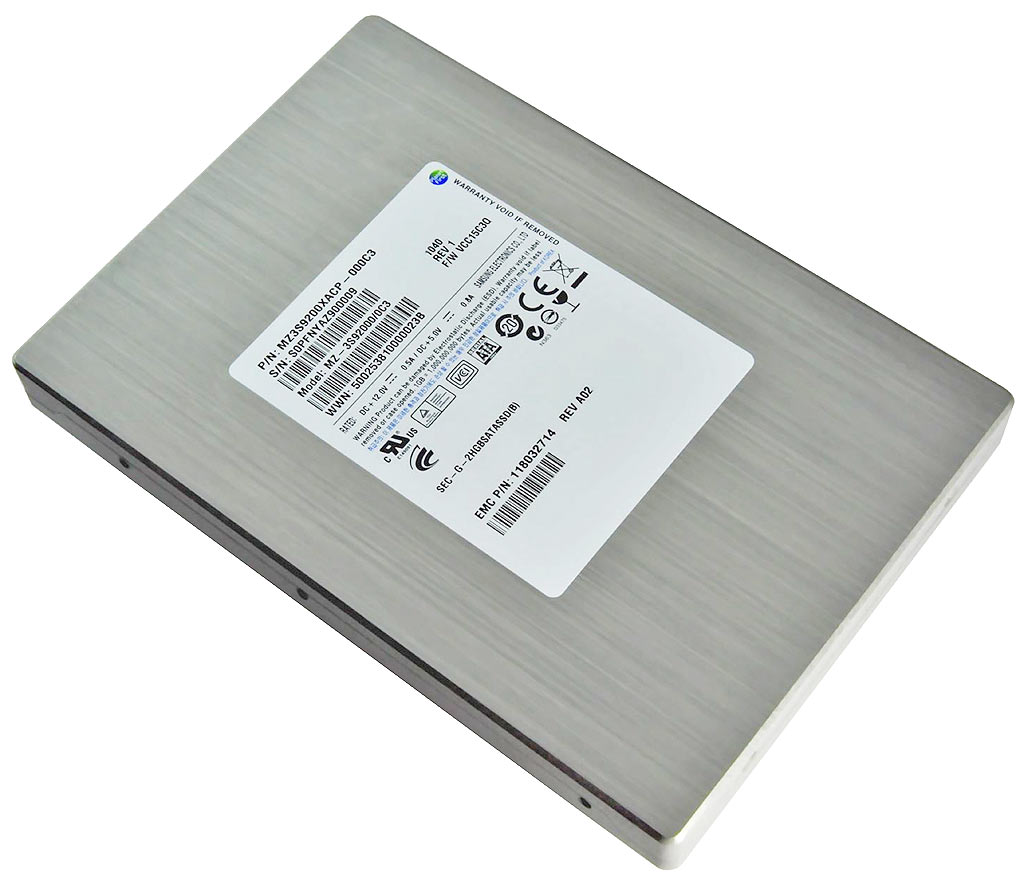SSDs In RAID: A Performance Scaling Analysis
RAID arrays with dozens of hard drives are not uncommon for reaching certain performance levels. We demonstrate how beautifully SSD RAID arrays can scale. There may come a time when a few flash-based drives will replace entire farms of hard disks.
Conclusion: Capacity And Performance Scale Together
This test of SSDs in a RAID 0 array brings to light an interesting effect: adding more drives increases performance and capacity in equal measure. The same conclusion applies both to data throughput and I/O operations per second.
Performance scales almost linearly in our test system, each added drive offering roughly the same increase. When it comes to I/O performance, we did not run into any upper limits or decreasing scaleability when adding drives, so you should be able to extrapolate the results for your own scenario up to the bandwidth and latency limits of your platform architecture. Expanding capacity brings equal performance increases with SSD RAID, which is a first in this area.
Of course, the results cannot be perfectly applied to all RAID systems, but the test brings a key finding: an SSD-based RAID array benefits much more from adding more drives compared to traditional hard drives. The more flash drives involved, the greater their strengths become, especially the I/O performance that is so crucial in the business segment. While you probably won't see RAID 0 arrays like these used in many production servers (they'd be a little more plausible in a video workstation, perhaps), there are other performance-enhancing RAID modes you could use to augment the speed and reliability of a mission-critical system.
For enterprises, this provides a new criterion that should be considered when planning an SSD RAID system. In addition to the prices of flash drives, controllers, and the server platfrom, one also has to take into account the number of drives that are going to be used. However, the test results show that the strengths of SSD RAID can only be properly exploited in an appropriate environment, such as a high-speed data access-dependent Web or file server.
Get Tom's Hardware's best news and in-depth reviews, straight to your inbox.
Current page: Conclusion: Capacity And Performance Scale Together
Prev Page Benchmark Results: PCMark Vantage-
mrbongal007 hi, pls help in understanding how are you getting 1000 MB/s performance on a sata3 port/lane which gives max of 600MB/s. if the answer is raid striping across 5 lanes then potentially we can get this performance on a sata2 port as well since each lane is being taxed to appx 200MB/s. appreciate your help in understanding this. thanks.Reply -
oxxfatelostxxo OutPut is through a pci x8 slot. Max transfer of 6gb/s I think. The sata 2 max is per channel for each drive. Not a combined maxReply -
chefboyeb I guess i would be better off adding 2 more ocz vertex ssds to my existing 3 ssd raid 0 setup afterall... I was concerned about the limitations of motherboard, but not anymore... ThanksReply -
maybe is just me only.Reply
3 reason hold me back moving HD to SSD.
1st. money VS pre GB.
2nd. the technology is mature enough to keep that real speed in stabilize performance.
3rd. RAID support in SSD still in wonderland.
conclusion. all the read/write speed in the benchmark is full of BS, but if you can maintain the driver is reading purpose only but never erase and delete any old data and rewrite new files into it. and you are a heavily download user. you will lost the speed advance reading/writing in a SSD over a traditional HD. SSD is pretty fast only in a fresh windows install for the first time. it will lose speed performance in time and you have to do another fresh reinstall again and again. -
nebun oxxfatelostxxo... The motherboard will Max out. You need a raid card to see those speedsor just use an PCIE SSD like the revodrive x2 :) no limitReply
